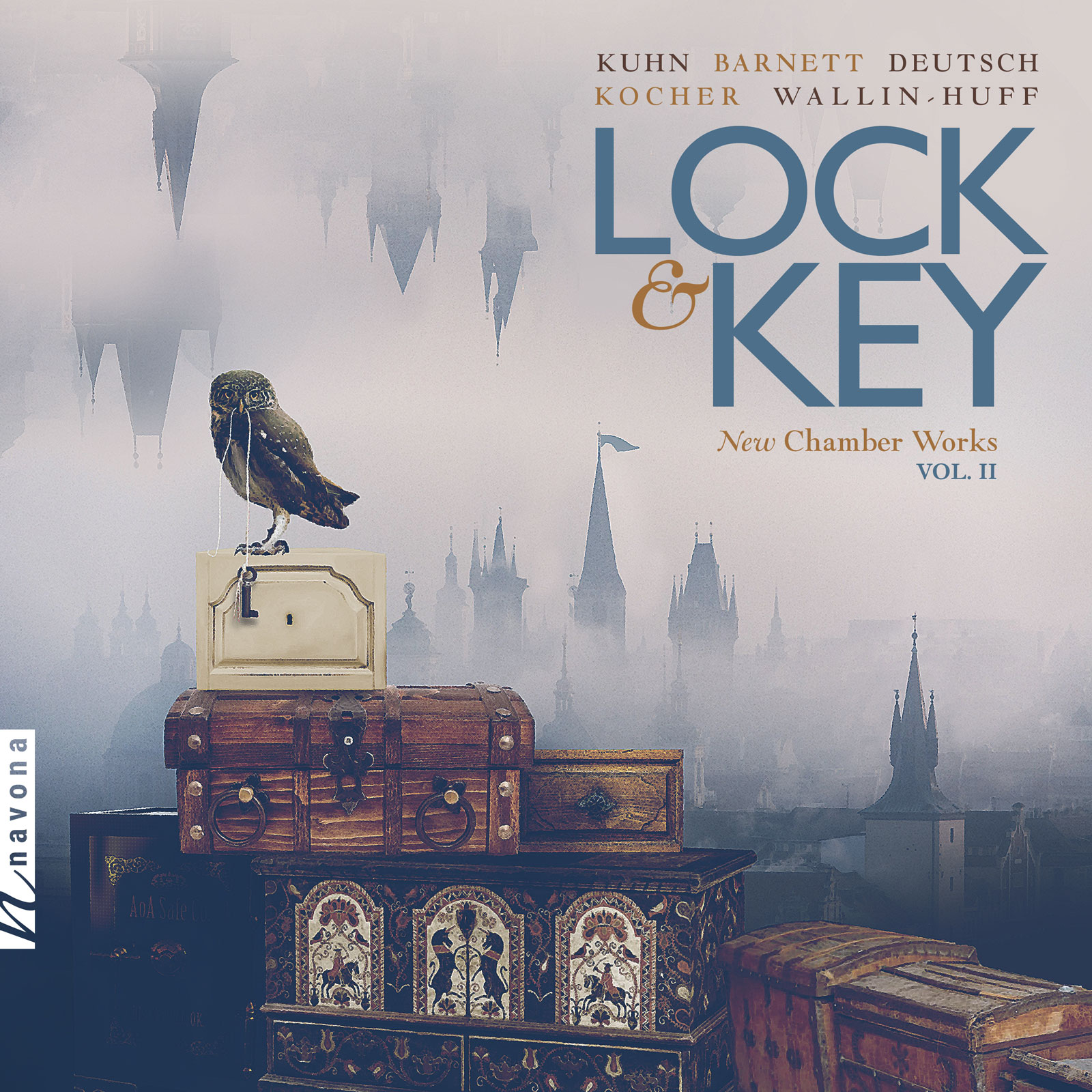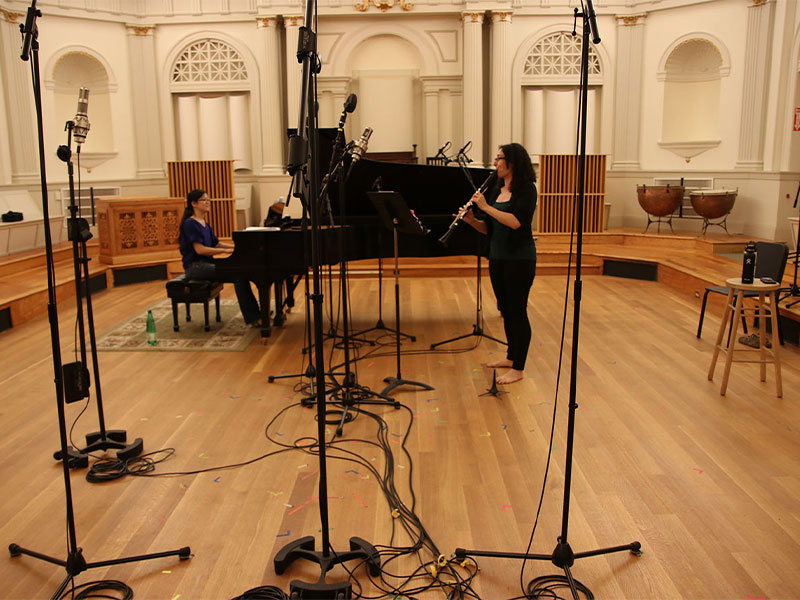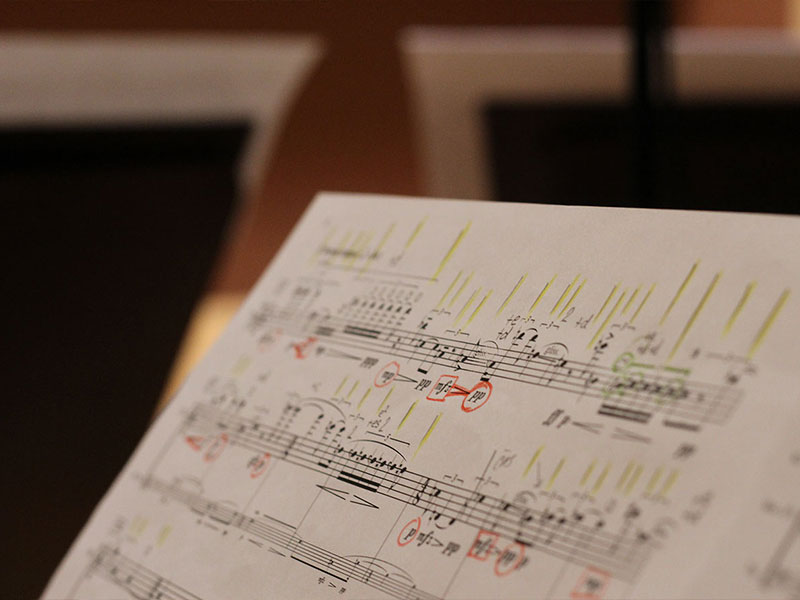Lock & Key Vol. II
Kenneth A. Kuhn composer
Carol Barnett composer
Herbert A. Deutsch composer
Philippe Kocher composer
Sarah Wallin-Huff composer
LOCK & KEY VOL II is the second presentation of five composers drawing from the well of inspiration – in highly heterogeneous ways and from a plethora of sources, yet all united by a common theme: the profound depths of the human experience. The pieces all revel exuberantly: in the natural beauty of Iceland, the nostalgia evoked by a distantly familiar melody, the random augury of a deck of tarot cards, late 19th Century anthems adapted for woodwind quintet, or the kinetic energy of musical gestures. Confidently asserting that all facets and walks of life can be a source of music if you listen closely enough, LOCK & KEY VOL II features brand-new chamber works by Sarah Wallin-Huff, Herbert Deutsch, Kenneth Kuhn, Carol Barnett, and Philippe Kocher.
Listen
"Each track shines in its own light while touching on the universal themes of the human experience"
Track Listing & Credits
| # | Title | Composer | Performer | |
|---|---|---|---|---|
| 01 | 2 Nostalgic Melodies: No. 1 | Kenneth A. Kuhn | Amy Advocat, clarinet; Yoko Hagino, piano | 5:13 |
| 02 | 2 Nostalgic Melodies: No. 2 | Kenneth A. Kuhn | Amy Advocat, clarinet; Yoko Hagino, piano | 4:50 |
| 03 | Shaker Suite "Canterbury": I. Scenes of Glory | Carol Barnett | Šárka Adamíková, flute; Weronika Flisek, oboe; Jindřich Molinger, french horn; Daniel Svoboda, clarinet; Jan Šmíd, bassoon | 2:44 |
| 04 | Shaker Suite "Canterbury": II. Purest Blessing | Carol Barnett | Šárka Adamíková, flute; Weronika Flisek, oboe; Jindřich Molinger, french horn; Daniel Svoboda, clarinet; Jan Šmíd, bassoon | 3:09 |
| 05 | Shaker Suite "Canterbury": III. Ministration | Carol Barnett | Šárka Adamíková, flute; Weronika Flisek, oboe; Jindřich Molinger, french horn; Daniel Svoboda, clarinet; Jan Šmíd, bassoon | 3:56 |
| 06 | Shaker Suite "Canterbury": IV. The Good Samaritan | Carol Barnett | Šárka Adamíková, flute; Weronika Flisek, oboe; Jindřich Molinger, french horn; Daniel Svoboda, clarinet; Jan Šmíd, bassoon | 3:11 |
| 07 | Iceland Invention | Herbert A. Deutsch | Belfiato Quintet | Jan Souček, oboe; Jiří Javůrek, clarinet; Kateřina, Javůrková; french horn; Ondřej Šindelář, bassoon | 5:14 |
| 08 | Projektionen II: I. | Philippe Kocher | Belfiato Quintet | Jan Souček, oboe; Jiří Javůrek, clarinet; Kateřina Javůrková, french horn; Ondřej Šindelář, bassoon | 3:35 |
| 09 | Projektionen II: II. | Philippe Kocher | Belfiato Quintet | Jan Souček, oboe; Jiří Javůrek, clarinet; Kateřina Javůrková, french horn; Ondřej Šindelář, bassoon | 6:05 |
| 10 | The Oracle | Sarah Wallin-Huff | Agnes Schwartz, violin; Pola Benke, cello; Elizabeth LaCoste, flute/piccolo; Ryan Glass, Bb clarinet; Masako Klassen, piano | 13:32 |
TWO NOSTALGIC MELODIES
Recorded July 6, 2020 at Futura Productions in Roslindale MA
Session Producer Brad Michel
Session Engineer John Weston
“SHAKER SUITE: CANTERBURY”
Recorded June 8, 2020 at Dům Kultury města Ostravy (The Ostrava House of Culture) in Ostrava, Czech Republic
Session Producer Jan Košulič
Session Engineer Aleš Dvořák
ICELAND INVENTION
Recorded May 26, 2020 at Dvořák Hall, Rudolfinum in Prague, Czech Republic
Session Producer Jan Košulič
Session Engineer Aleš Dvořák
PROJEKTIONEN II
Recorded May 18, 2020 at Dvořák Hall, Rudolfinum in Prague, Czech Republic
Session Producer Jan Košulič
Session Engineer Aleš Dvořák
THE ORACLE
Recorded October 27, 2019 at Barefoot Recording Studio in Hollywood CA
Session Producer Sarah Wallin-Huff
Session Engineer David Martinez
Executive Producer Bob Lord
Executive A&R Sam Renshaw
A&R Director Brandon MacNeil
A&R Danielle Lewis, Morgan Santos
VP, Audio Production Jeff LeRoy
Recording Sessions Director Levi Brown
International Recording Sessions Manager, Editing & Mixing (8-9) Jan Košulič
Audio Director, Editing & Mixing (Tracks 3-9) Lucas Paquette
Editing & Mixing (1-2) Brad Michel
Mastering Shaun Michaud
VP, Design & Marketing Brett Picknell
Art Director Ryan Harrison
Design Edward A. Fleming
Publicity Patrick Niland, Sara Warner
Artist Information
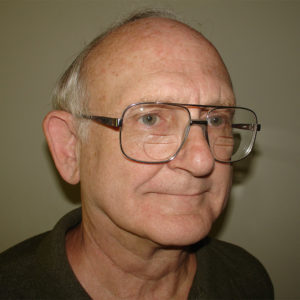
Kenneth A. Kuhn
Kenneth A. Kuhn (Ken) (b. 1954) is a retired electrical engineer specializing in electronic circuit design who had the privilege of growing up with a great appreciation of classical music. Over the years classical music enhanced mental skills valuable for Kuhn’s engineering career. Composing music and designing electronic circuits are very interrelated as each enhances the other. He began composing music in his youth in the 1960s and learned how to compose by carefully listening to the many classical composers. His favorite composers include Anton Bruckner and Gustav Mahler. Ken composes because, “There is music I want to hear but since no one has written it then I must write it myself.”

Carol Barnett
Carol Barnett writes audacious and engaging music. She is known for breaking the mold with meter changes, differing tonal centers, unusual instrument combinations, and her love of fast tempi. Despite these typical thumbprints, Barnett’s works are diverse, uncovering the needs of each piece and each text with her characteristic integrity. Barnett’s varied catalog includes works for solo voice, piano, chorus, diverse chamber ensembles, orchestra, and wind ensemble.
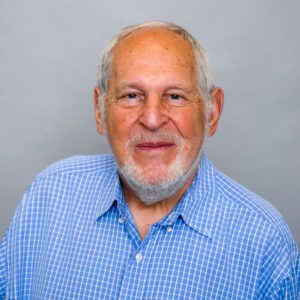
Herbert Deutsch
Herbert Deutsch was a composer, author, educator, and performer, and was Professor of Music at Hofstra University for 57 years. He is a composer of music in various media and his work has been widely performed, and commissioned works have been featured at national and regional conferences. In 1972, Deutsch co-founded the Long Island Composers Alliance. During his career at Hofstra, he founded Jazz Ensemble, Electronic Music Studios, New Music Ensemble, and created the B.S. Degree programs in Jazz, Composition/Theory and Music Business. He received the George Estabrook Distinguished Alumni Award in 1996 and the Hofstra Alumni Achievement Award in 2001. The Music Department has established the Herbert Deutsch Award for highest honors in Music Education.

Philippe Kocher
Philippe Kocher (born 1973) is a musician, composer and researcher. He studied piano, electroacoustic music, music theory, composition and musicology in Zurich, Basel, London and Bern. He is a lecturer for music theory, composition, and computer music at the Zurich University of the Arts. He is also affiliated with the Institute for Computer Music and Sound Technology (ICST) in Zurich.

Sarah Wallin Huff
Sarah Wallin Huff is a music lecturer at California Polytechnic University of Pomona, teaching “History of Technology in Music,” for which she published an original textbook with Great River Learning in 2019. She received her M.A. in Music Composition at Claremont Graduate University in 2008, and was the Professor of Composition and Advanced Theory — as well as conductor of the Chamber Ensemble — at The Master’s University in Santa Clarita from 2012-2016.
